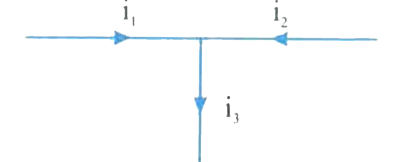The function x=Asin2(ω)t+Bcos2(ω)t+Csin(ω)tcos(ω)t represent (SHM) for which of the option(s).
A
for all values of A, B and C (C≠0)
B
A= B, C=2B
C
A=-B, C=2B
D
A= B, C = O.
Video Solution
|
Answer
Step by step video & image solution for The function x = A sin^2 (omega)t + B cos^2 (omega)t + Csin (omega)t cos (omega)t represent (SHM) for which of the option(s). by Physics experts to help you in doubts & scoring excellent marks in Class 11 exams.
Updated on:21/07/2023
Topper's Solved these Questions
Similar Questions
Knowledge Check
- Question 1 - Select One
The function sin2(ωt) represents
Aa periodic, but not simple harmonic motion with period 2π/ωBa periodic, but not simple harmonic motion with period π/ωCa simple harmonic motion with a period 2π/ωDa simple harmonic motion with a period π/ω - Question 2 - Select One
The function sin2(ωt) represents
Aa periodic, but not simple harmonic, motion with a period 2π/ωBa periodic, but not simple harmonic with a period π/ωCa simple harmonic motion with a period 2π/ωDa simple harmonic motion with a period π/ω - Question 3 - Select One
The function sin2(ωt) represents:
Aa simple harmonic motion with a period 2π/ω.Ba simple harmonic motion with a period π/ω.Ca periodic , but not simple harmonic motion with a period 2π/ω.Da periodic , but not simple harmonic motion with a period π/ω.
The r.m.s. value of I=I1sinωt+I2cosωt is
View SolutionFind time period of the function, y=sinωt+sin2ωt+sin3ωt
View SolutionIf y=αcosωt+bsinωt, show that it represents SHM. Determine its amplitude.
View SolutionIdentify which of the following function represent simple harmonic motion.
(i) Y=AeIωt (ii) Y=ae−ωt
(iii) y=asin2ωt (iv) y=asinωt+bcosωt
(v) y=sinωt+bcos2ωtView SolutionEquations y=2Acos2ωtandy=A(sinωt+√3cosωt) represent the motion of two particles.
View Solution


